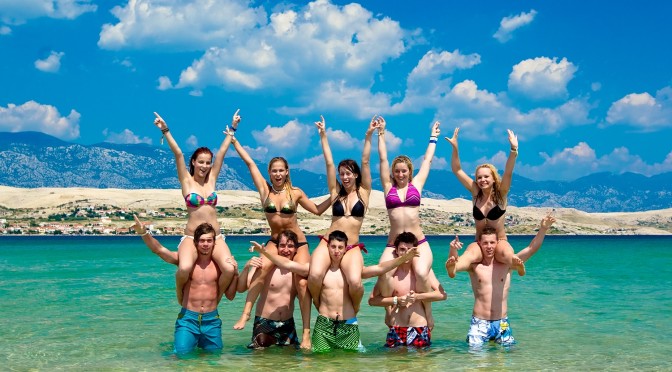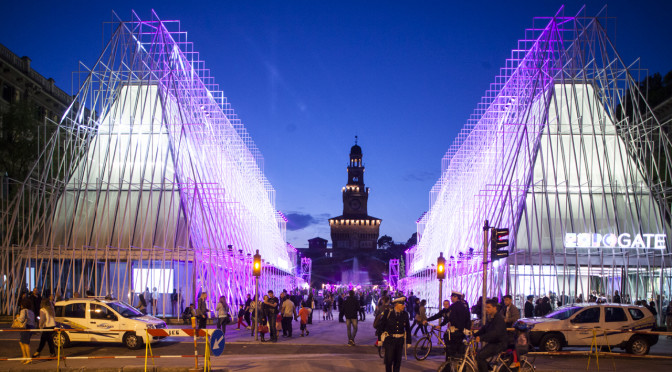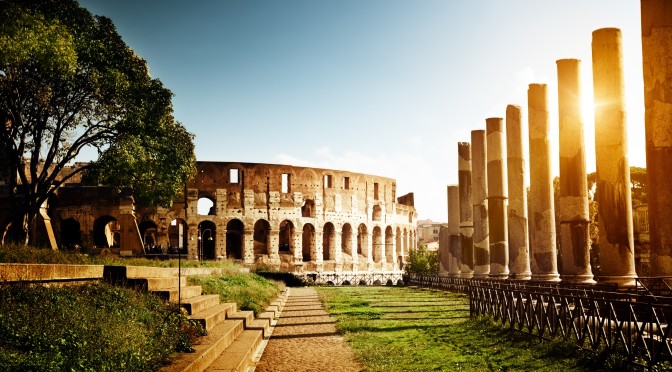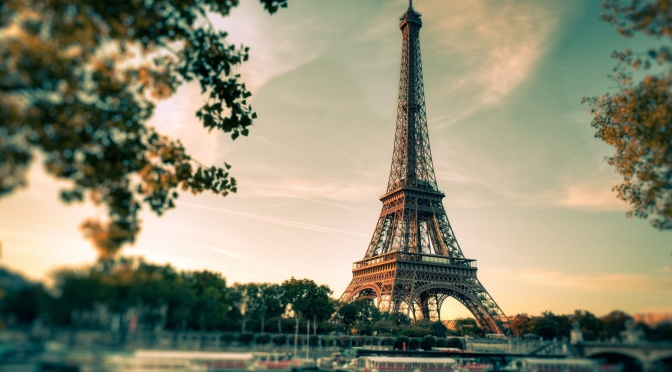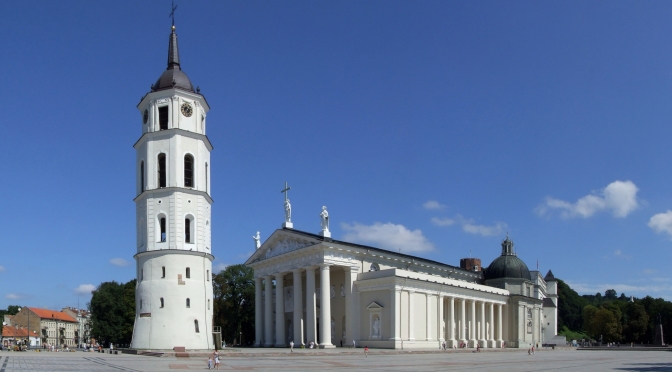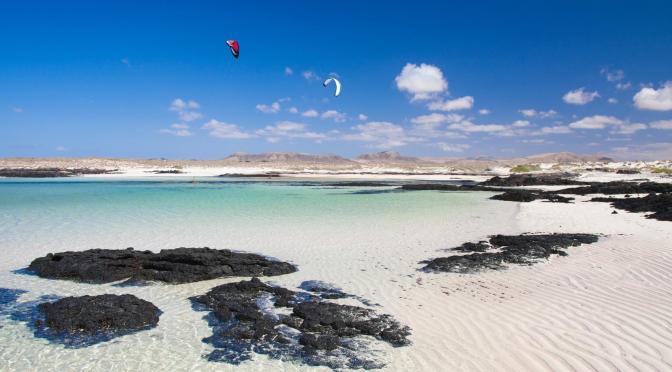Called the pearl of the Adriatic for its beauty, the island of Brac is famous above all for its enchanting beaches and for its white stone with which the Diocletian's Palace and the White House in Washington were built. With its perfect climate, lush nature, picturesque villages and excellent gastronomy, the island of Brac has all the ingredients to satisfy even the most demanding tastes.
Continue reading Island of Brač - Croatia
Škrip
Škrip is the oldest settlement on the island of Brac. This village is a visited destination for the numerous archaeological and craft finds of ancient Brač, dating back to Roman and medieval times.
Pražnice
Pražnice is a small medieval town located on a plateau, about 7 kilometers away from Pučišća , known for traditional animal husbandry.
Nerežišća
The village of Nerežišća , located at the crossroads of the main roads of Brač , was in the past the administrative and commercial center of the island, and seat of the princes of Brač. In the center of the village, surrounded by stone houses, stands the church of Nostra Signora del Carmelo , from which the fascinating narrow alleys that characterize the village unfold. During the celebrations of St. Margaret's Day, it is worth watching the game held in Nerežišća , called “balun or ruke” (handball), an ancient game that was played in the past on the Mediterranean islands.
Ložišća
the village of Ložišća is located 2 kilometers away from the sea, in the western part of Brač . In the center stands the bell tower of the church of Saints John the Baptist and Paul. It is a classic Dalmatian .
Dračevica
Dračevica is a small village located not far from Donji Humac . In the center of the village there is a water well, around which the houses are arranged. What amazes is its lush nature, with gardens full of almond trees, fields that smell of lavender and numerous olive trees.
Gornji Humac
Characterized by stone houses, narrow alleys and surrounded by pristine nature, the village of Gornji Humac is the highest village on Brac , located 500 m above sea level and 10 kilometers from Pucisca . The triptych by Giorgio da Sebenico is preserved inside the church of S.Nicola.
Donji Humac
Donji Humac , located on a hill 7 kilometers from Supetar , is one of the oldest villages on the island of Brač . Here there are some stone houses and Roman mausoleums built with Brač stone. The church of S. Fabiano and Sebastiano dominates the center of the village, with its baroque bell tower.
Dol
Dol is a typical Dalmatian village, located in a deep valley, about 2 km from the sea. Today the town is sparsely inhabited, and mostly attracts lovers of rural tourism, fascinated by its stone houses, and its cellars, in which you can taste local dishes such as lamb, accompanied by olive oil and local wines .
Bobovišća
The village of Bobovišća is located on the western coast of the island, in the bay that branches into the port of Bobovišća and the port of Vičja . The port of Bobovišća is preferred by many yachtsmen, while the bay of Vičja luka is a historical site.
Murvica
Murvica is located near Bol , on a rocky cliff surrounded by beautiful vineyards. Here you absolutely must visit the nearby Zmajeva špilja (Dragon cave) and the Dračeva luka bay , which preserves the remains of monastic houses dating back to the 15th century. the sandy beaches near Murvica are among the most beautiful on the south coast of Brač .
Selca
Selca is a village located inside the island in the eastern area of Brac , about 1 km from the sea. On the coast there are the tourist areas of Punitnak and Ruzmarin , and the beaches of Radonja , Spilice and Zirje . Selca delights visitors with the beauty of its stonework, the tradition of which has been preserved to this day. The buildings in Selca were built using white Brač stone, which gives the town a charm and harmonious beauty.
Sutivan–Brac
Sutivan is a small village located on the north-west coast of the island of Brac , exactly opposite Split (from which it is 13 kilometers away). The foundation of Sutivan dates back to the times of Diocletian, which is why today it can be said that the village has around 1700 years of history. The town takes its name from the church of San Giovanni Battista , built on the foundations of an early Christian basilica from the 6th century. Throughout Sutivan there are splendid Renaissance palaces and Baroque-style villas surrounded by typical Dalmatian stone houses.
Sumartin–Brac
Sumartin is a village of 600 inhabitants, located on the eastern promontory of the island of Brac , and represents an important port connecting with the mainland, thanks to ferries heading to Makarska . Sutivan-Makarska shipping lines (with 5 daily ferries), many tourist yachts and local boats also arrive port of Sutivan
Splitska–Brac
Splitska is located on the north coast of Brac , between Supetar and Postira , nestled in a beautiful bay, surrounded by Mediterranean vegetation and azure sea. Thanks to the beauty of the village and the beautiful bays of Splitska and Zastup , with beaches surrounded by pine forest, family tourism has developed in recent years, alongside traditional professions, such as agriculture, the cultivation of vines and olive trees.
Pucisca – Brac
Pucisca is also located in a bay on the north coast of the island of Brac , at the point where the inlet bifurcates into two smaller ones: Puciski dolac and Stipanska luka .
In the village there are two small beaches, a few steps from the port. Pucisca is famous for Brac stone , which was extracted from the nearby Veselje , located south-east of the village, and still worked today thanks to an important stonemasonry tradition. Pucisca was called "The port of castles" , as in the Middle Ages there were 13 castles, around which today's village developed.
Povlja – Brac
Povlja is located in the gulf of the same name, 10 kilometers east of Sumartin , in the northern part of the island of Brac . Proclaimed the most beautiful tourist place by the tourist community of the region, Povlja offers numerous attractive bays, ideal for enjoying the bright sun and crystal clear waters, long walks and cultural beauties, good Dalmatian cuisine, along with numerous bars, pizzerias and restaurants. Povlja is surrounded by numerous coves with several beaches, and the port is located in the gulf itself. The tranquility of the place is ideal for a relaxing holiday.
Postira – Brac
Postira , located on the northern coast of the island of Brac between Splitska and Pucisca , was originally a small fishing village, today a vacation spot for many tourists during the summer period, with a rich offer of hotels and apartments for rent. The village is characterized by narrow streets that branch out among a multitude of stone houses, typical of Dalmatia.
Mirca – Brac
Mirca is a small village located about 3 kilometers west of Supetar , in the direction of Sutivan , on the northern coast of the island of Brac . In Mirca you can breathe the atmosphere of small coastal villages. The beautiful sandy beaches and in the shade of lush pine forests, far from the crowds and confusion of the cities, the traditional cultivations of vines and olive trees, make Mirca an ideal destination for families and for anyone looking for relaxation and beach life.
Milna–Brac
Milna (its name means “Valley of a Thousand Ships” ) is located on the western coast of the island of Brac , 18 kilometers away from Supetar . It is a favorite destination for yachtsmen thanks to its hospitable bays: in fact Milna is also a natural port (the latter was a safe landing place for the imperial fleet during the construction of Diocletian's Palace in Split) and is considered one of the most beautiful ports and protégés of Brač . The village has two well-equipped ports, which can satisfy even the most demanding boaters.
Bol–Brac
Bol , located on the south coast of Brac , represents the most tourist destination on the island. Located at the foot of Mount Vidova Gora (778 m), the highest peak of the Adriatic islands, the town of Bol is known for the Zlatni rat , also called the "Golden Horn" , due to its triangular shape jutting out into the sea .
Supetar-Brac
The town of Supetar (in Italian, San Pietro di Brazza ), with 3500 inhabitants, is the main city and capital of the island of Brac . Located in the northern part of the island, inside the bay of Sv. Petar (from which it takes its name), its port is connected to the city of Split by frequent ferries (the journey time is approximately 40 minutes).

